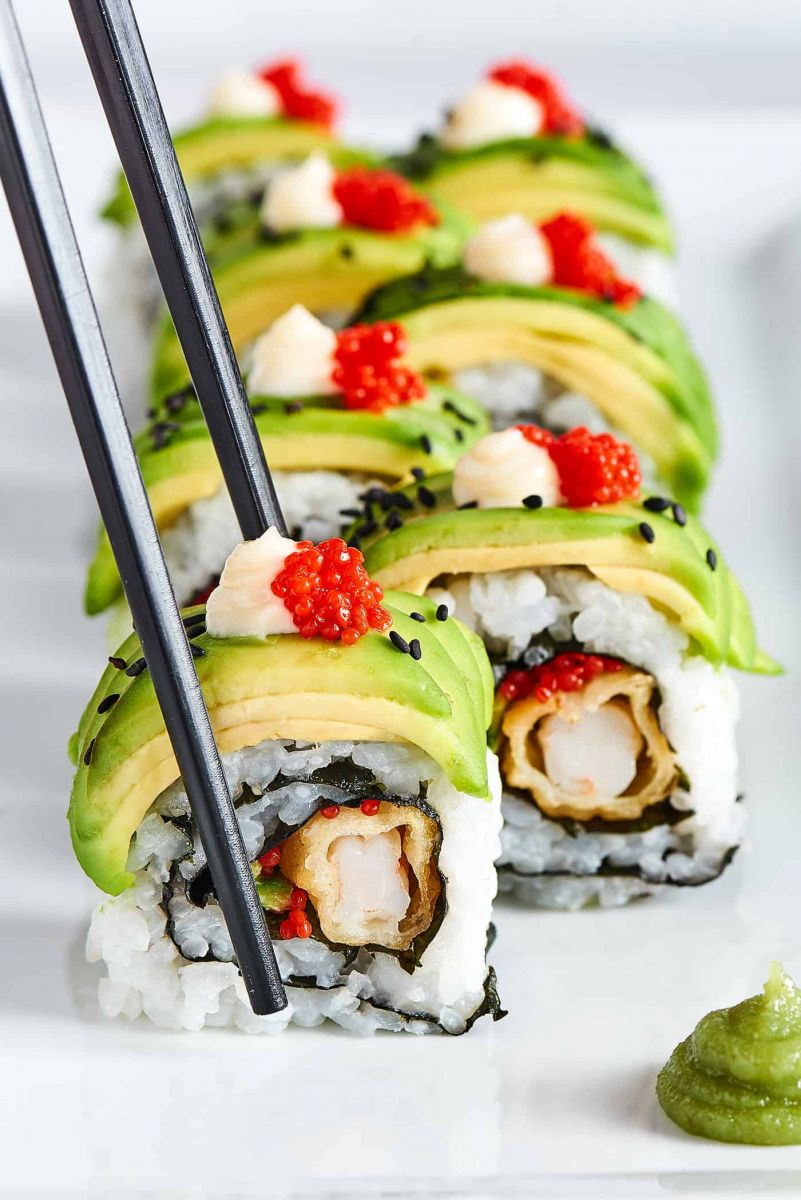Asian cuisine is incredibly diverse, rich in flavor, and has deep cultural roots across a wide range of countries and regions. Here are some key characteristics and popular cuisines from different parts of Asia:
1. East Asian Cuisine
Chinese: One of the most famous and diverse cuisines globally, Chinese food varies by region. Key elements include stir-frying, steaming, and deep-frying. Dishes like sweet and sour chicken, Peking duck, dumplings, and dim sum are popular worldwide.
Sichuan cuisine is known for its bold flavors and the use of chili peppers and Sichuan peppercorns for a numbing effect.
Cantonese cuisine is characterized by its lighter flavors and emphasis on fresh ingredients.
Japanese: Known for its simplicity, precision, and presentation. Key ingredients include rice, seafood, and vegetables. Dishes like sushi, ramen, tempura, and teriyaki are well-loved worldwide. Japanese cuisine also incorporates seasonal ingredients in a tradition called kaiseki.
Korean: Famous for dishes like kimchi (fermented vegetables, usually cabbage or radish), bibimbap (rice mixed with vegetables, eggs, and usually meat), and bulgogi (marinated grilled beef). Korean food often emphasizes balance and harmony of flavors like salty, sweet, sour, and spicy.
2. Southeast Asian Cuisine
Thai: Known for its vibrant, bold flavors, combining sweet, sour, salty, and spicy elements. Famous dishes include pad thai (stir-fried noodles), green curry, som tam (green papaya salad), and tom yum (spicy and sour soup).
Vietnamese: Often lighter and fresher, Vietnamese food uses a lot of fresh herbs and vegetables. Pho (a fragrant noodle soup), banh mi (Vietnamese sandwich), and goi cuon (spring rolls) are staples.
Indonesian: This cuisine features rich, aromatic flavors with lots of spices. Popular dishes include nasi goreng (fried rice), satay (grilled skewers with peanut sauce), and rendang (spicy beef stew).
Malaysian: A fusion of Chinese, Indian, and indigenous flavors. Laksa (spicy noodle soup), nasi lemak (coconut rice with various toppings), and roti canai (flaky flatbread) are key dishes.
3. South Asian Cuisine
Indian: A truly diverse cuisine with rich use of spices. Curry is a major component, but it varies greatly by region. Other staples include naan (flatbread), biryani (spiced rice and meat), samosas (fried pastry with spiced filling), and dal (lentil soup). Vegetarianism is also common, and there’s a huge variety of vegetarian dishes.
Pakistani: Similar to Indian cuisine but with its own distinct touches, such as the use of karahi (spicy curry), seekh kebabs, and halwa (a sweet dish). Meat dishes, especially lamb and chicken, are very popular.
Bangladeshi: Known for its hilsa fish and rice-based dishes. Bhuna khichuri (spiced rice with lentils) and panta bhat (fermented rice with mustard oil and spices) are well-known.
Tanka, located in Miami's Edgewater neighborhood, offers a diverse menu inspired by Cantonese, Shanghai, and Szechuan cuisines. While their menu emphasizes contemporary Chinese dishes, they also feature a selection of sushi options.
Some of the sushi offerings at Tanka include:
- Sexy Roll
- Dragon Roll
- Unagi (eel) Poke Bowl
- Tanka Tempura Roll (Cooked)
- Spicy Tuna Roll
- Shrimp Tempura Roll
For a comprehensive view of their sushi menu and other offerings, you can visit their official website:
Please note that menus can change over time. For the most current information, it's advisable to contact Tanka directly or check their website before planning your visit.

A Spicy Tuna Roll typically contains the following ingredients:
- Tuna – Fresh raw tuna, often diced or chopped.
- Spicy Mayo – A mixture of mayonnaise and spicy elements like sriracha, which gives it a tangy, spicy flavor.
- Cucumber – Thin strips of cucumber for crunch and freshness.
- Nori – Seaweed used to wrap the roll.
- Rice – Sushi rice seasoned with rice vinegar, sugar, and salt.
Some variations may include additional ingredients such as:
- Avocado – For a creamy texture.
- Sesame seeds – For extra flavor and crunch.
- Scallions or green onions – For added freshness.
It’s often served with a topping of spicy mayo, and sometimes even extra spicy ingredients, like chili flakes or jalapeños.





